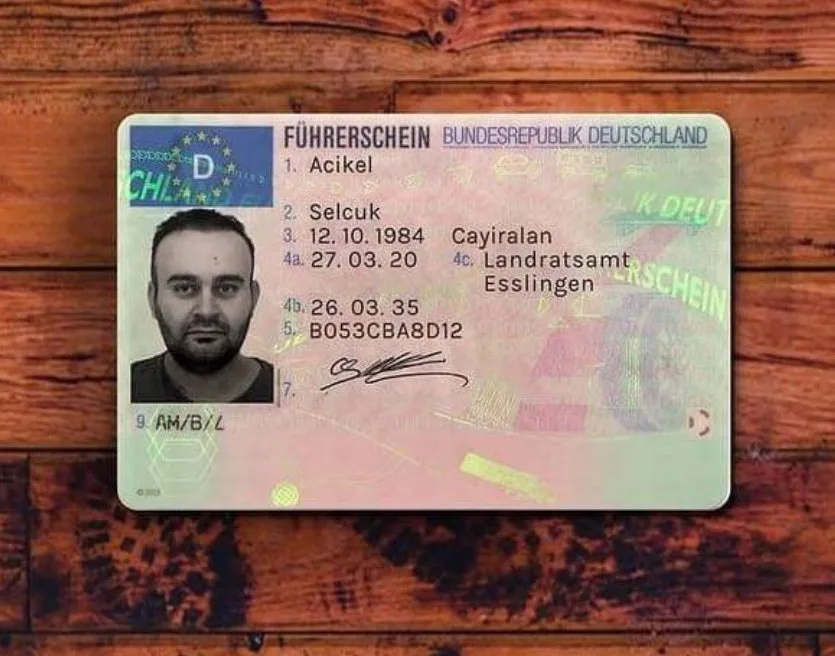The Ultimate Guide to Acquiring Your Driving License
Getting a driving license is a rite of passage for numerous individuals around the world. It signifies independence, obligation, and the ability to navigate the world on your own terms. Whether you are a teenager eager to strike the roadway or an adult seeking to embrace brand-new opportunities, comprehending the process of acquiring a driving license is important. This article aims to guide you through the needed steps and considerations for getting your driving license.

Action 1: Understand the Requirements
The requirements for acquiring a driving license can vary considerably from one region to another. Familiarize yourself with your local Department of Motor Vehicles (DMV) or equivalent authority's regulations. Generally, requirements might include:
Age: Most places need you to be at least 16 years of ages to request a learner's authorization and 18 to acquire a full license.
Recognition: A government-issued ID or birth certificate is generally needed to show your identity and age.
Residency: You may require to supply evidence of residency in the jurisdiction where you are using.
Vision Test: A basic vision test is typically needed to ensure you can see well sufficient to drive securely.
Step 2: Obtain a Learner's Permit
Before you can acquire a full driving license, you will generally require to begin with a student's permit. This enables you to practice driving under certain limitations, typically while being monitored by a certified adult. The steps to obtain a student's license usually include:
Pass a Written Test: Many places require you to take a composed or computer-based test covering the guidelines of the roadway and traffic indications. Studying your state's driver's handbook can be extremely valuable in getting ready for this exam.
Application Fees: Be prepared to pay a little application cost to obtain your student's permit.
Acquire Supervised Driving Hours: There may be a minimum number of practice hours you need to log with a licensed driver, normally varying from 20 to 50 hours.
Action 3: Enroll in Driver Education
Though not constantly mandatory, enrolling in a driver education course can be extremely advantageous. These courses generally cover:
Theory Lessons: Understanding traffic laws, safe driving practices, and how to manage numerous driving scenarios.
Behind-the-Wheel Training: Practical driving sessions with a certified trainer, which can help build your self-confidence and abilities.
Many states use online courses, in-person classes, or a mix of both. Examine with your DMV to see what options are available.
Step 4: Practice, Practice, Practice
Once you have your learner's permit, it's crucial to get as much driving practice as possible. Utilize the time to end up being comfortable with:
Parallel Parking: A skill that typically shows up in testing.
Navigation: Understanding how to read maps or utilize navigation devices.
Driving in Different Conditions: Gain experience driving in numerous weather and at various times of day.
Objective to practice a range of driving situations, including city driving, highway driving, and rural driving to construct your abilities.
Step 5: Schedule Your Road Test
When you feel positive in your driving capabilities and have actually completed the required practicing hours, you can schedule your road test. This test normally includes:
Pre-Drive Inspection: You might be asked to show your knowledge of the vehicle's controls and perform a safety check.
Driving Test: An inspector will accompany you in the car, assessing your driving skills, including adherence to traffic laws, road positioning, and overall control of the automobile.
Make certain to examine what documents you need to bring to the test, such as your learner's authorization and proof of finished driver education, if suitable.
Action 6: Pass the Road Test
If you successfully pass your roadway test, congratulations! You will get your driving license. However, if you do not pass, don't be discouraged. Many places allow you to retake the test after a waiting duration, offering you the chance to practice more and enhance your skills.
Step 7: Know the Post-License Responsibilities
As soon as you get your driving license, it's important to comprehend your duties as a driver. This consists of:
Adhering to Traffic Laws: Always follow speed limits, use your seat belt, and avoid interruptions while driving.
Insurance coverage: Most areas require drivers to have car insurance, so make sure to comprehend what protection you require.
Renewal: Familiarize yourself with the procedure for renewing your license, which usually requires to be done every couple of years.
Conclusion
Acquiring your driving license is not simply about passing tests; it's about promoting a long-lasting mindset of responsibility and security. By following Führerschein and respecting the guidelines of the roadway, you'll not just acquire the flexibility of the open roadway however likewise contribute to safer driving environments for everybody. Delighted driving!
